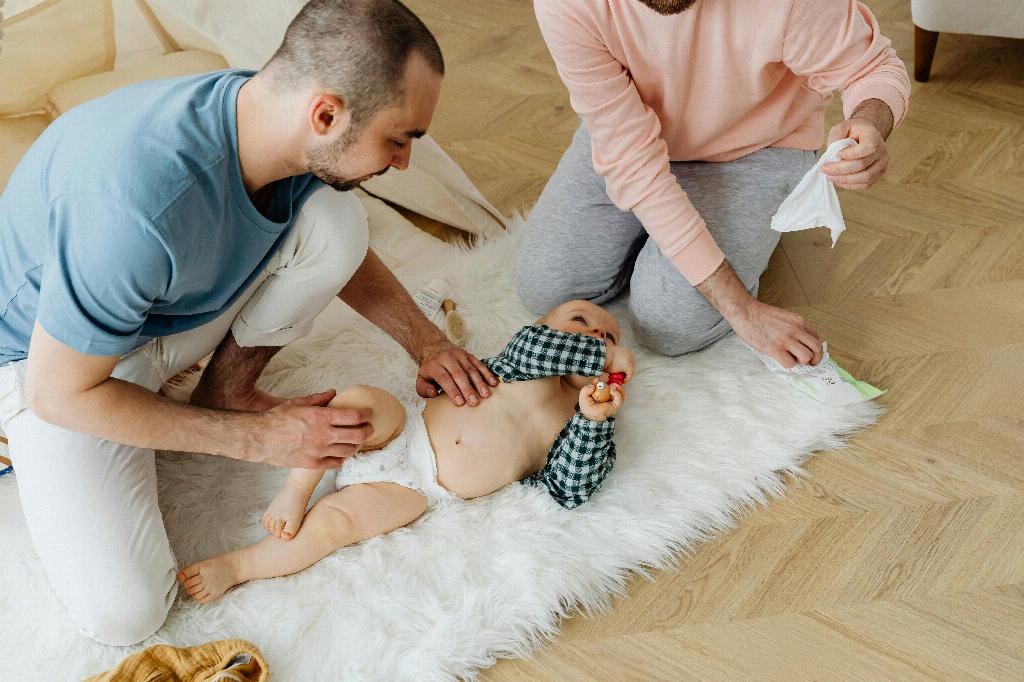Hybrid cloth diapers bring a unique approach to the world of diapering, aiming to combine the best of both cloth and disposable diapers. These innovative diapers are specifically designed to provide parents with the convenience of disposables while reducing environmental impact and increasing cost-efficiency.
Understanding the Components
At the core of hybrid cloth diapers lies a simple yet effective design. They consist of two main components: a reusable waterproof cover and a disposable insert. The outer cover can be used multiple times before needing to be washed, while the insert can be easily replaced when soiled.
Reusable Outer Cover
The outer cover of a hybrid cloth diaper is typically made of a waterproof yet breathable material, such as polyurethane laminate (PUL) or TPU. This cover serves as the barrier between the diaper and clothing, preventing leaks and keeping your baby dry and comfortable.
Disposable Insert
Unlike traditional cloth diapers that require washing after each use, hybrid diapers feature a disposable insert that can be disposed of after a single use. These inserts are often biodegradable and eco-friendly, offering a sustainable solution for busy parents.
Benefits of Hybrid Cloth Diapers
One of the key advantages of hybrid cloth diapers is their versatility. Parents have the flexibility to use either cloth or disposable inserts based on their lifestyle and preferences. This versatility makes hybrid diapers an attractive option for families looking to reduce waste without sacrificing convenience.
Ease of Use
Hybrid cloth diapers are designed to be user-friendly, making them an excellent choice for new parents or caregivers. The simple two-part system allows for easy assembly and cleaning, ensuring a hassle-free diapering experience.
Cost-Effectiveness
While hybrid cloth diapers may have a higher upfront cost compared to traditional cloth diapers, their long-term savings can be significant. By using disposable inserts sparingly, parents can reduce the overall cost of diapering over time, making hybrids a cost-effective choice.
Environmental Impact
By combining reusable components with disposable inserts, hybrid cloth diapers offer a more sustainable alternative to traditional disposables. This unique approach helps to minimize waste and reduce the environmental footprint of diapering, making hybrids a greener choice for eco-conscious families.
Comfort and Breathability
The soft and breathable materials used in hybrid cloth diapers provide optimal comfort for your little one. The waterproof cover keeps moisture away from the skin, while the disposable insert absorbs wetness, promoting airflow and reducing the risk of irritation.
Customization Options
With hybrid cloth diapers, parents have the freedom to customize the absorbency level of the diaper by choosing different types of inserts. Whether you prefer natural fibers or stay-dry materials, there are a variety of insert options available to suit your baby’s needs.
Caring for Hybrid Diapers
Proper care and maintenance are essential to ensure the longevity of your hybrid cloth diapers. Follow the manufacturer’s instructions for washing and drying, and avoid using harsh chemicals or fabric softeners that may damage the materials. With proper care, hybrid diapers can last through multiple children, making them a durable investment.
Final Thoughts on Hybrid Cloth Diapers
In conclusion, hybrid cloth diapers offer a practical and eco-friendly solution for modern parents seeking the convenience of disposables without compromising on sustainability. With their innovative design, cost-effectiveness, and versatility, hybrid diapers have become a popular choice among families looking to make a positive impact on the environment while keeping their baby comfortable and dry.

